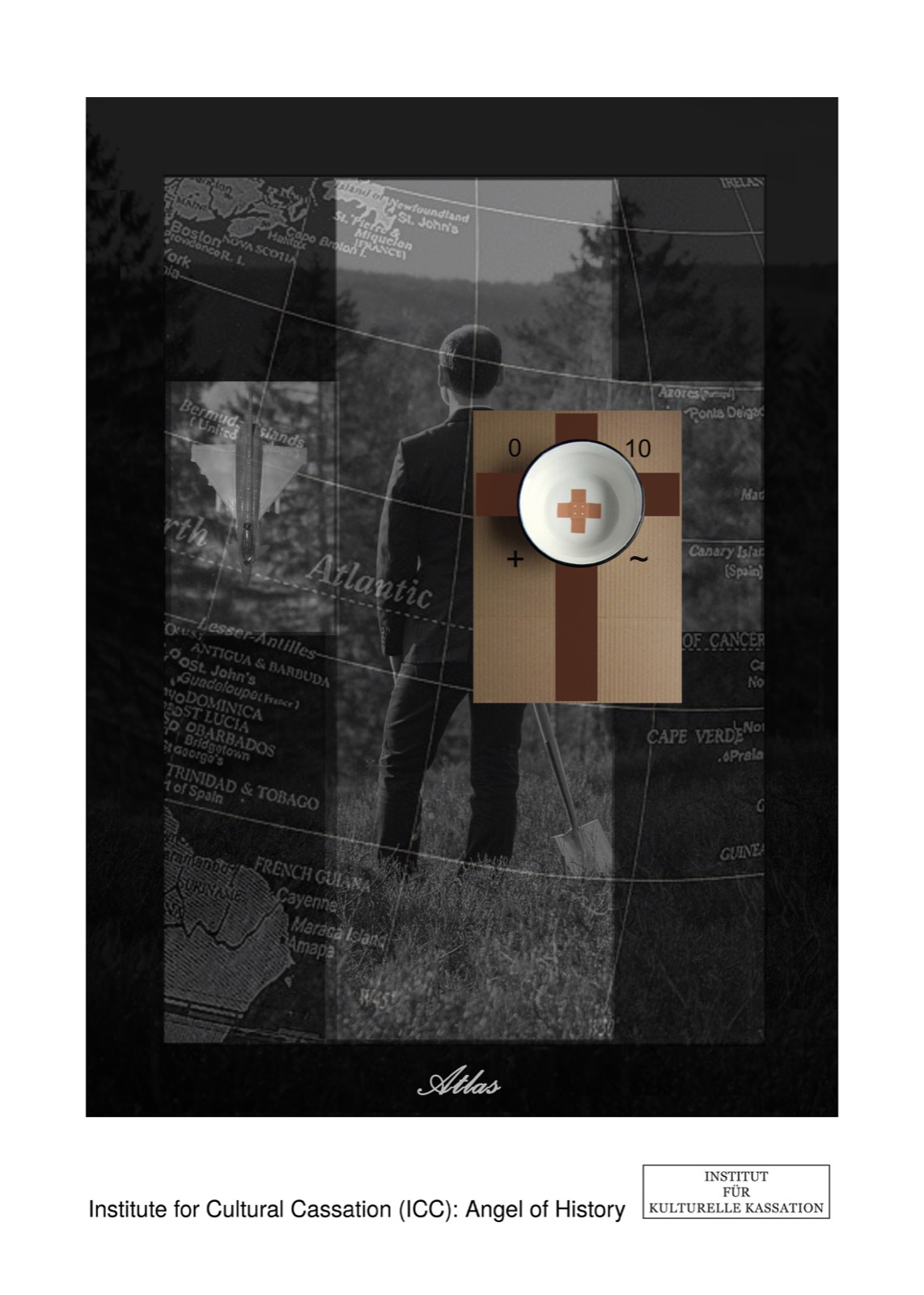German conceptual artist Christian Chrobok in conversation with Antoine Schafroth on the ontology of time, nostalgia, his attraction for the monochrome, favorite music and more.

Why did you choose to become an artist?
The nature of making art to me has always been about the production of meaning, developing a language and creating works that define me. My artistic practice is rooted in appropriation and bricolage. I believe that art serves to organise the best of my energies and skills.
You decided to set up an infrastructure – The Institute for Cultural Cassation – can you summarise its purpose?
The Institute for Cultural Cassation (ICC) is a long-term project and a kind of sculpture which looks at art history, art and modernism through the lenses of anthropology and ethnography. The ICC has no permanent location and has manifested itself since its founding in1995 in projects, installations and exhibitions at various places like art museums and galleries. It is the inner logic of the production and presentation of the objects and projects which creates the very body of the ICC. Incorporated into the art system this structure functions as a laboratory, recontextualizing the triad of art, art history and the art museum.
So, your practice interrogates the notion of time and its perception? How do memories allow us to shape future possibilities? What do you think about the idea of “nostalgia”?
Since the birth of modernity, the modern temporal ontology has been based on the differentiation between past, present and future. However, the ontological status of time is subject to the process of entropy that undermines the temporal structures of the body of society. Time is out of joint. On the one hand the past is growing more and more, while on the other hand the future is shrinking, accompanied by a loss of confidence in the idea of the future. Nostalgia is the contemporary experience of the gap between past and present, the feeling of the irretrievable loss of the past, a combination of fascination and frustration. But I think it can also be very inspiring and productive in regard to a rewriting of the past in order to shape future possibilities.
I noticed that you often reference Kazimir Malevich in your works. Could you explain why? Are you particularly interested in some principles of the Suprematism Manifesto?
I‘m interested in the idea of monochrome. Avant-garde painters like Malevich and Rodchenko wanted to dissolve all the existing mixtures of colours and all existing mixtures of lines and forms and isolate basic elements to reconstruct out of these basic elements a new reality. This was a two step movement. First an analytical movement that actually led to this so-called last painting. Malevich’s Black Square was the most radical gesture, celebrating the death of the sun, the total chaos, the destruction of the cosmos and the dissolution of the social order. The analytical movement was then followed by a constructivist movement that led to the construction of the new world out of these monochrome elements. When a painting reaches monochromy the next step is a machine. To me, the central question to be asked about Suprematism and the utopian projects of the historical avant-garde is the question regarding the dialectic of avant-garde and totalitarianism.
How does your work relate to music? Do you have any specific musician that inspires you?
My work references art history, literature, philosophy, film and music and the interactions between these different spheres. I‘m inspired by musicians like Kraftwerk, Einstürzende Neubauten, Laibach and The Cure and by composers like John Cage and György Ligeti.
What are you working on at the moment?
At the moment I’m working on a new series of works entitled „In the Horizon of the Infinite“. The title is borrowed from an aphorism of Nietzsche‘s The Gay Science. Furthermore, I plan to launch a NFT project at the nexus of physical and digital art.







In bloodshed and fall
Artist: Christian Chrobok / @christian.chrobok
Editor: Maria Abramenko / @mariabramenko
Interview: Antoine Schafroth / @a.schafroth


